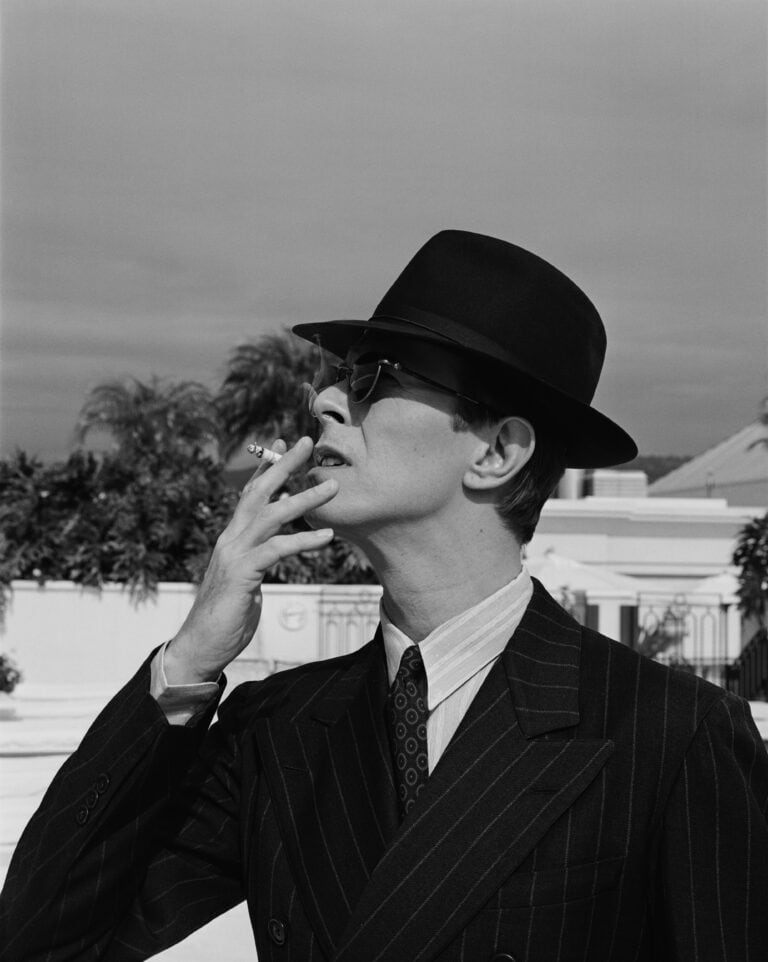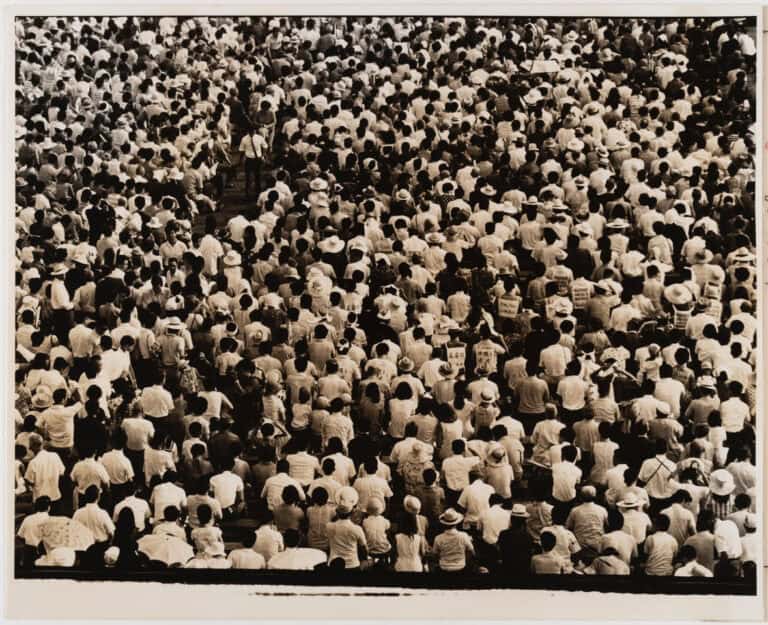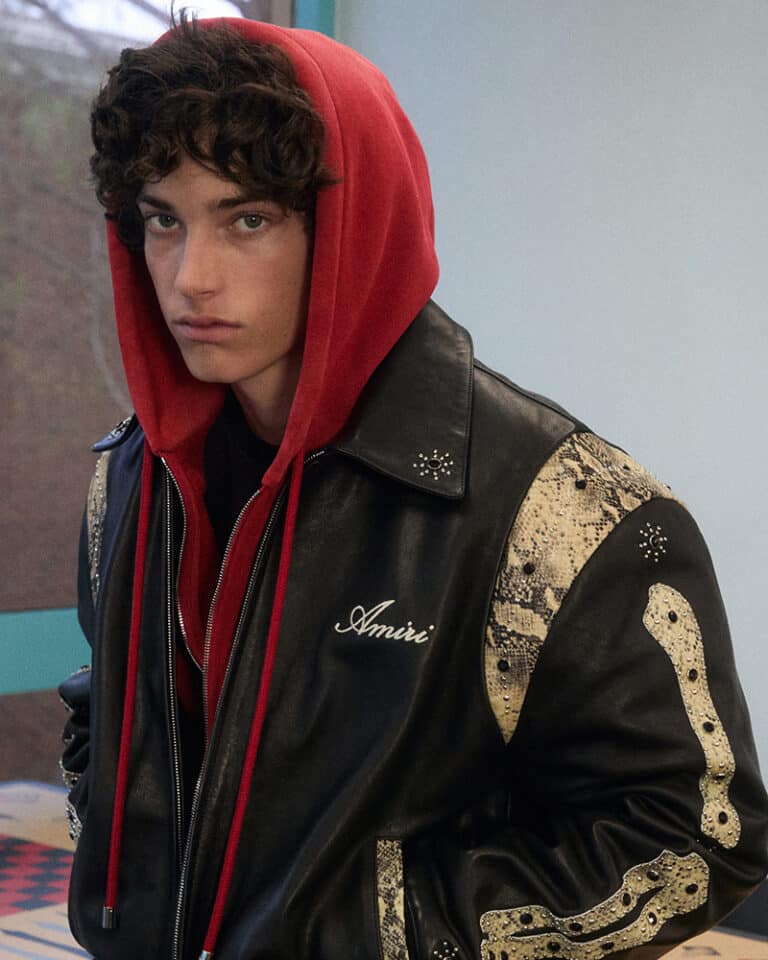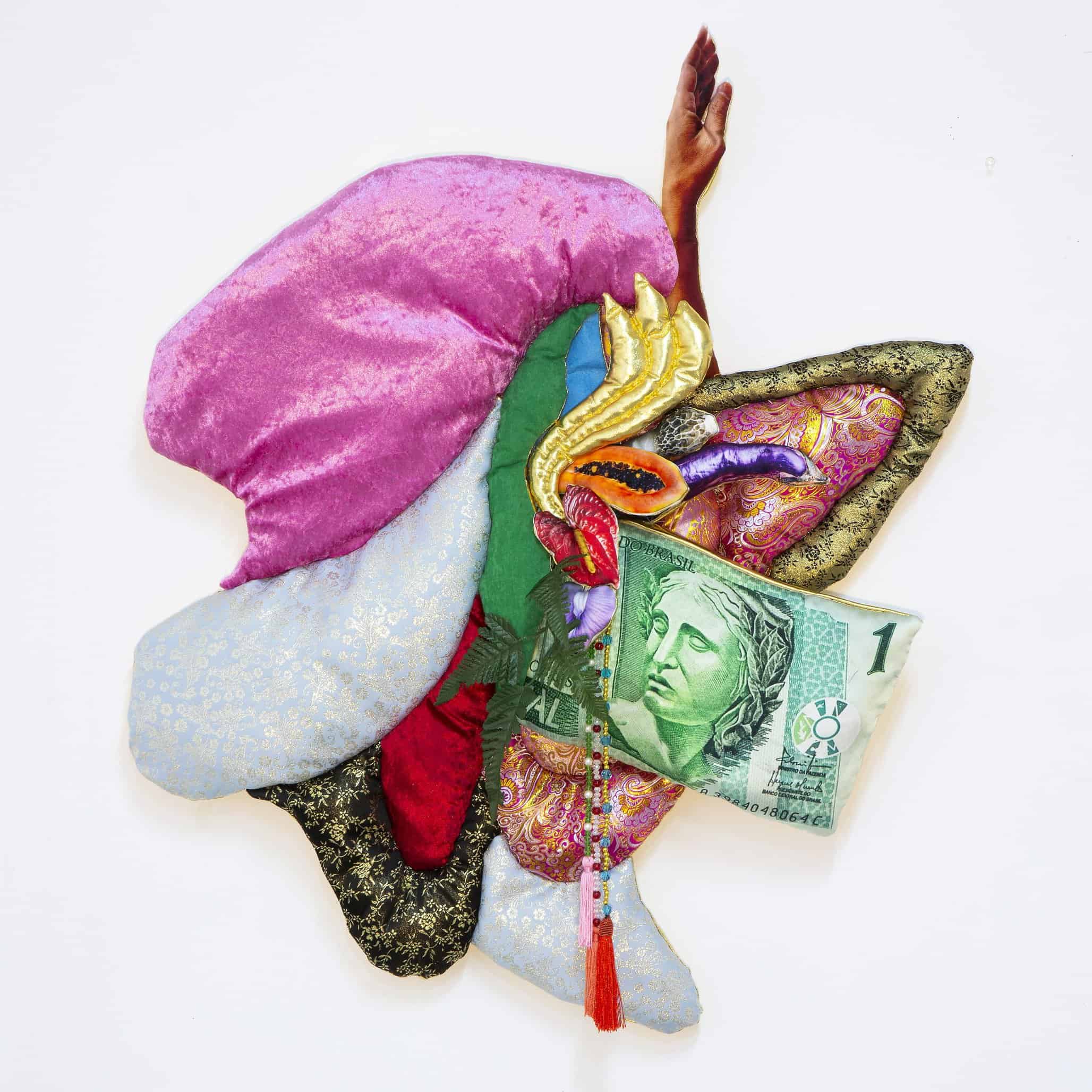
ENTRE TRÓPICOS: EXHIBITION OF DESIRE
Marie Loire Moulin
ENTRE TRÓPICOS: EXHIBITION OF DESIRE. A lush dive into Brazilian sensuality through art. Two artists, two visions, one tropical pulse. Entre Trópicos opens on centuries of fascination. Ever since colonial times, the tropics have stirred the Western imagination, as landscapes of desire, excess, and transformation. This exhibition, organized by 193 Gallery for the Brazilian Season in France, confronts and reclaims those tropes. Through vibrant works by Valentina Canseco and Shinji Nagabe, the show explores the body as both subject and site, and sensuality as language. Together, the two artists invite us into a space where surfaces breathe and textures seduce. Here, nothing is just visual. Everything vibrates.
ENTRE TRÓPICOS: EMBODIED ABSTRACTION AND SENSORY FIELDS
Valentina Canseco and the language of color. Entre Trópicos finds in Canseco a painter of sensation. Her massive abstract pieces, often on synthetic fabric, blur the line between image and atmosphere. Dots cloud like sunsets, streaks pulse like memory. The viewer doesn’t just look, they move with the work. Moreover, her color fields feel alive. Some unfold like heatwaves. Others recall wind brushing skin. Consequently, the physicality is palpable. In fact, each piece breathes with rhythm, as if painted with the whole body. She treats light as a medium. Fabric becomes skin. Thus, her practice becomes a form of embodied memory. As a result, the experience is both external and intimate. Eventually, the boundary between viewer and canvas dissolves.
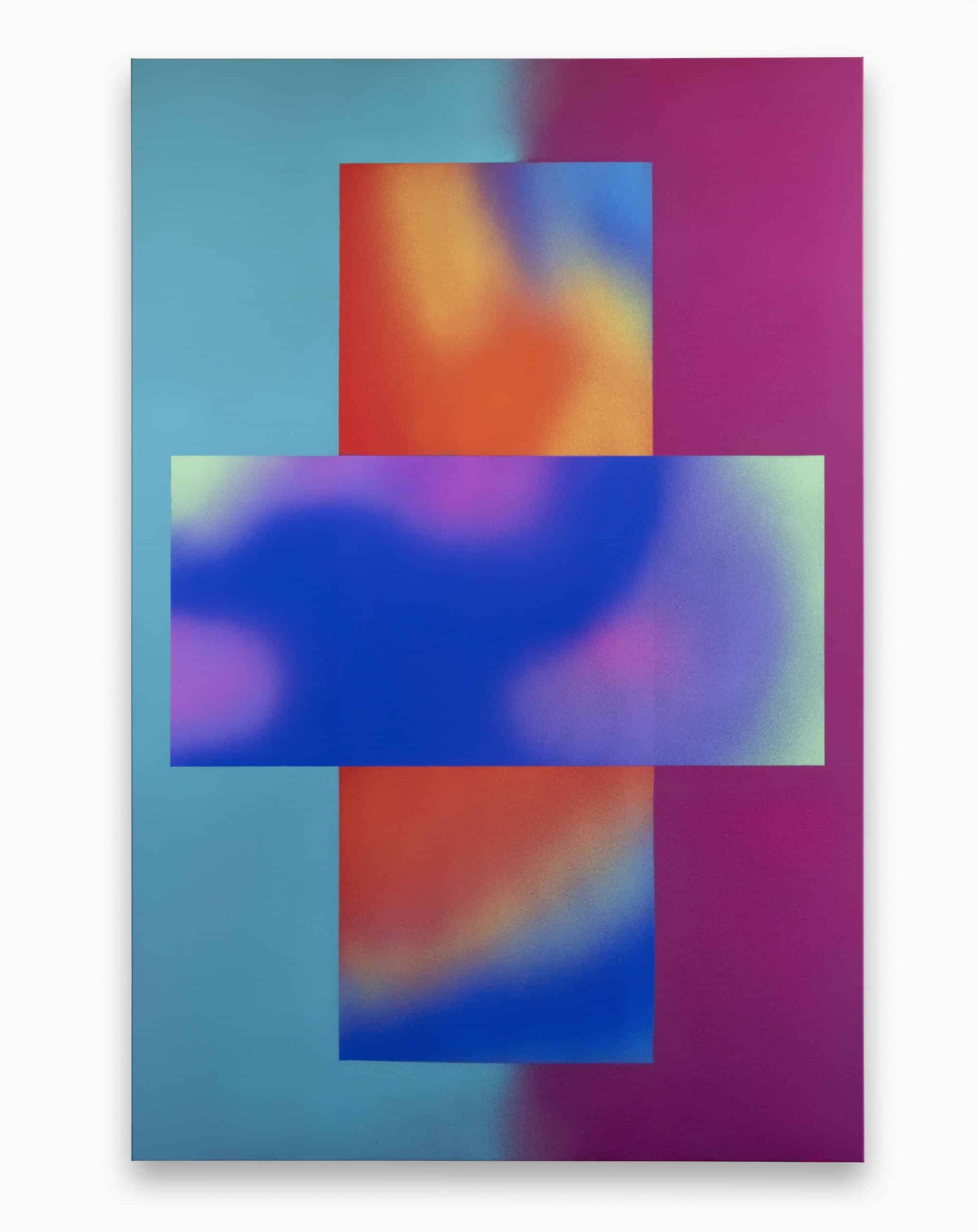
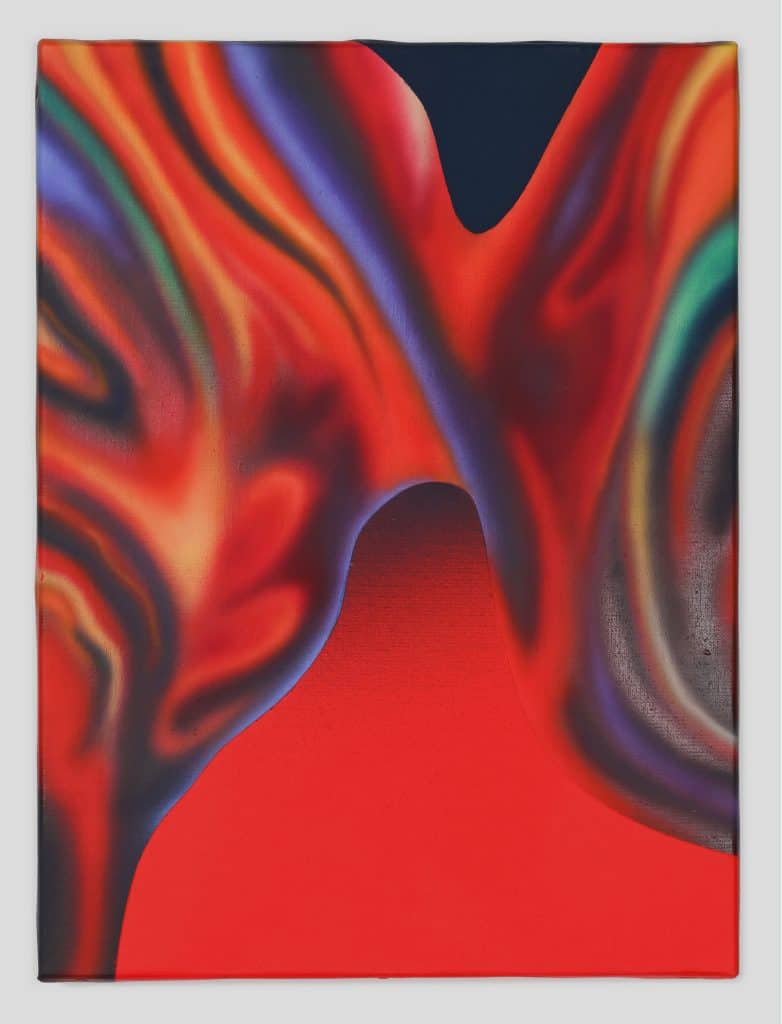
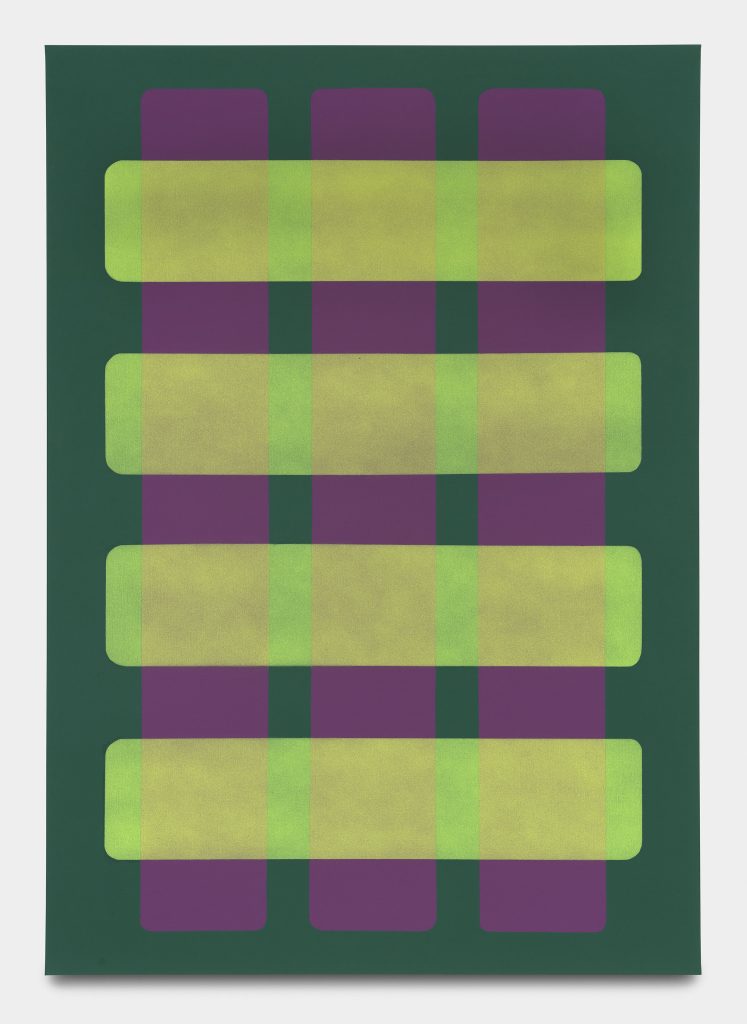
Valentina Canseco, Chimères (2024). Acrylic on canvas, 40 x 30 cm. Photo by Nicolas Brasseur. Courtesy of the artist and 193 Gallery. & Valentina Canseco, Matrice 80 (2024). Acrylic on canvas, 160 x 115 cm. Photo by Nicolas Brasseur. Courtesy of the artist and 193 Gallery.
ENTRE TRÓPICOS: BETWEEN SHUNGA, DESIRE, AND FRUIT
Shinji Nagabe’s photographic seductions. Nagabe’s photographs erupt with softness and tension. Unlike traditional portraiture, his works veil the body, with lace, fabric, or floral forms. Nevertheless, nothing hides. Everything suggests. From staged fruits to hidden nudity, Nagabe explores how desire is shaped by culture. Notably, his work draws from both Brazilian exuberance and Japanese erotic tradition. In particular, shunga prints and fetish aesthetics haunt the frames. Queer, tender, and defiant. Nagabe’s queerness isn’t spectacle. It’s quiet and assertive. Therefore, his images feel like secrets, coded, tactile, and lovingly exposed. Indeed, the fabrics, sewn and layered, become skin, memory, and metaphor. Eventually, what we see isn’t just a body. It’s vulnerability wrapped in ritual.
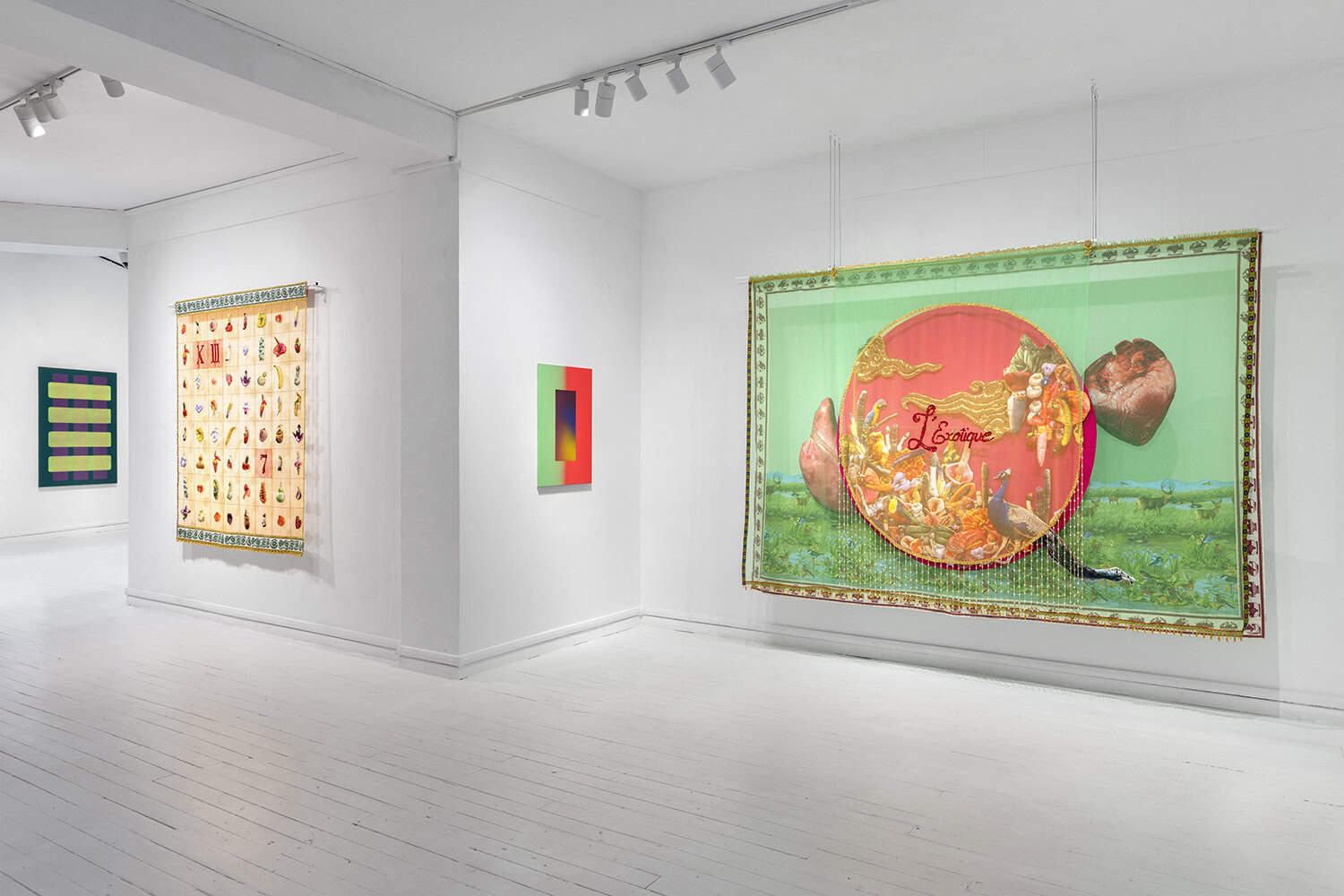
ENTRE TRÓPICOS: TOUCHING WHAT LIES BENEATH
Where Canseco and Nagabe meet. Their practices differ, but their instincts rhyme. Canseco stretches abstraction to the edge of sensation. Nagabe seduces with metaphor. Still, both artists ask us to feel art, not just see it. Meanwhile, their works speak of warmth, physical, emotional, and cultural. Additionally, they reclaim sensuality not as spectacle, but as language. Color, fabric, gesture: everything becomes part of a lush, shared vocabulary. Eventually, that language speaks to something universal, the desire to connect, dissolve, remember.
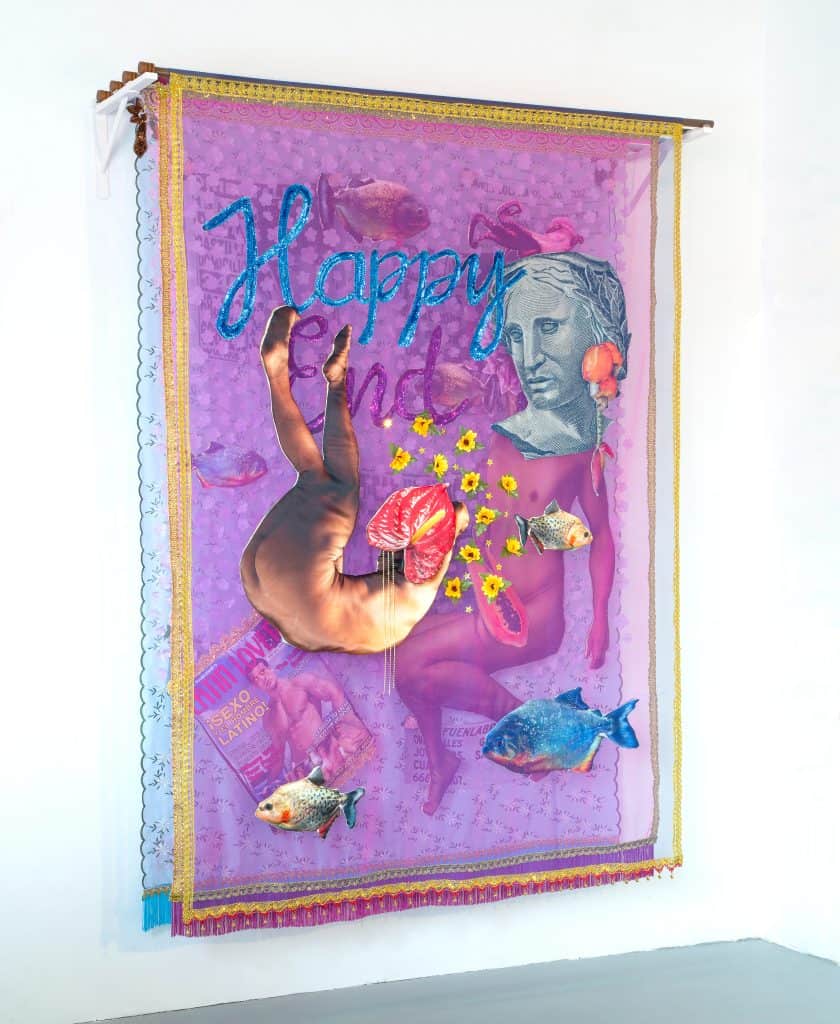
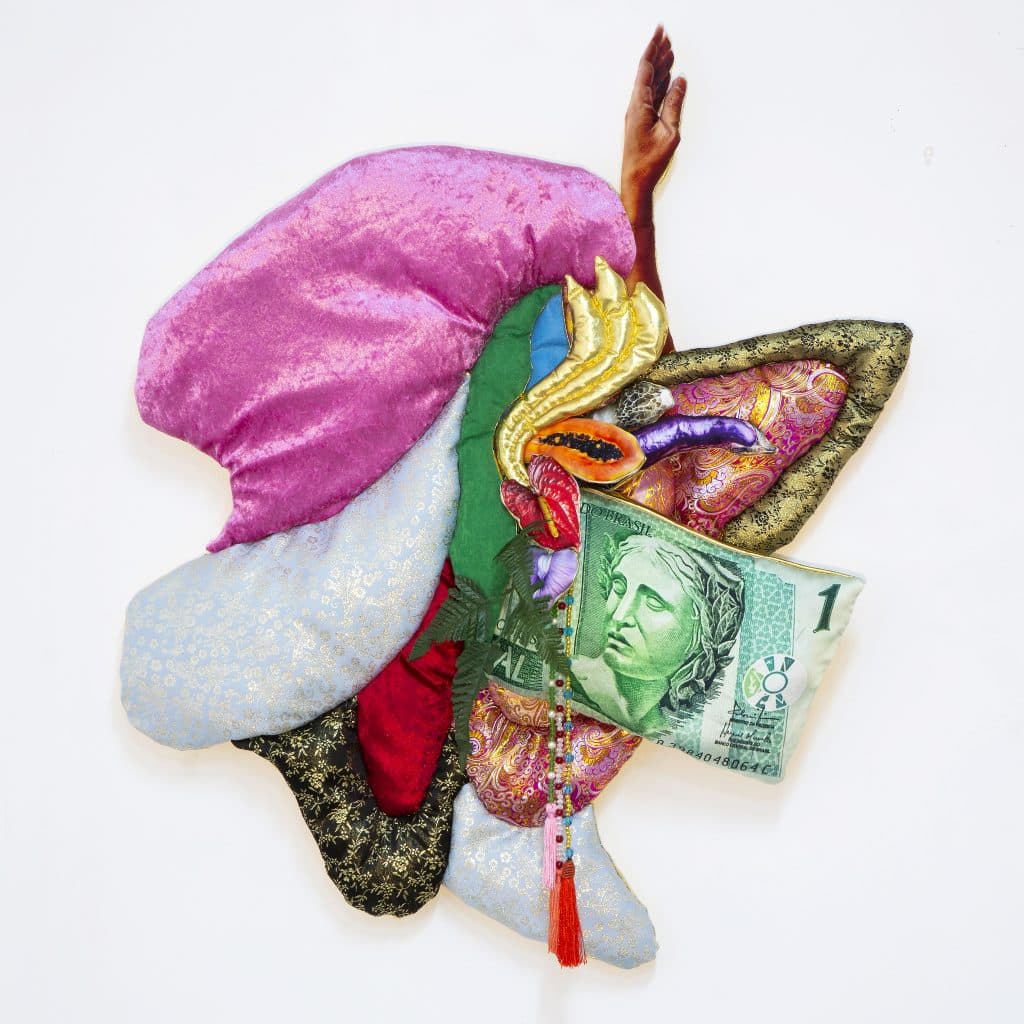
Shinji Nagabe, Happy Ending (2025). Photographs printed on polyester, lace, and pearls. Additionally, four layers of hand-sewn fabric, measuring 190 x 135 x 30 cm. Courtesy of the artist and 193 Gallery. Shinji Nagabe, Shunga II (2025). Photography on hand-sewn fabrics, pearls, and artificial plants. Moreover, the composition is sized 100 x 70 x 10 cm. Indeed, it echoes the complexity of desire. Courtesy of the artist and 193 Gallery.
ENTRE TRÓPICOS: BEYOND THE TROPICS, INTO PRESENCE
The tropics here aren’t places. Rather, they’re states of being. Entre Trópicos isn’t about escape, instead, it’s about return. To the body. To feeling. Above all, to that strange, luminous zone between the intimate and the mythic. So, step closer. Let your eyes drift. Let the textures speak. This isn’t a postcard. It’s a pulse.
Did you enjoy ENTRE TRÓPICOS: EXHIBITION OF DESIRE? Discover our article Nicole Lala : Dual voices.
Share this post
Marie Loire Moulin approaches fashion as an immersive language—one that expresses identity, character, and cultural influence. Echoing Jean Cocteau’s observation that “Fashion is what goes out of fashion,” Moulin embraces the paradox at the heart of her craft. For her, fashion is a living, breathing art form—constantly deconstructed, reimagined, and reshaped in response to the world around it.
What fuels Marie Loire’s creativity is the ability to blend worlds—to explore the intersections of fashion, technology, history, and art. She is inspired by how these disciplines collide to generate experiences that are not only visually compelling, but also deeply purposeful.
Moulin is particularly drawn to artistic expressions that serve as bridges—linking cultures, fusing tradition with innovation. Sustainability, for her, is not a buzzword but a foundation. She sees it as a long-term commitment to thoughtful creation, not a passing aesthetic.
As a stylist working with actors on film sets, Marie Loire thrives on transforming a director’s vision into living, breathing characters. Through wardrobe and silhouette, she builds atmospheres that tell stories—stories of emotion, intention, and presence.
Her creative drive extends into virtual reality and immersive art, where she explores how emerging technologies can shift perception and spark connection across cultural boundaries. For Moulin, the digital realm is just another canvas—one that, when used with care, has the potential to resonate as powerfully as the physical world.
Whether on set or in virtual space, Marie Loire seeks originality and depth. Her work is marked by richly layered references, a reverence for detail, and a belief that fashion—at its best—can speak not just to the eye, but to the mind.
Read Next


